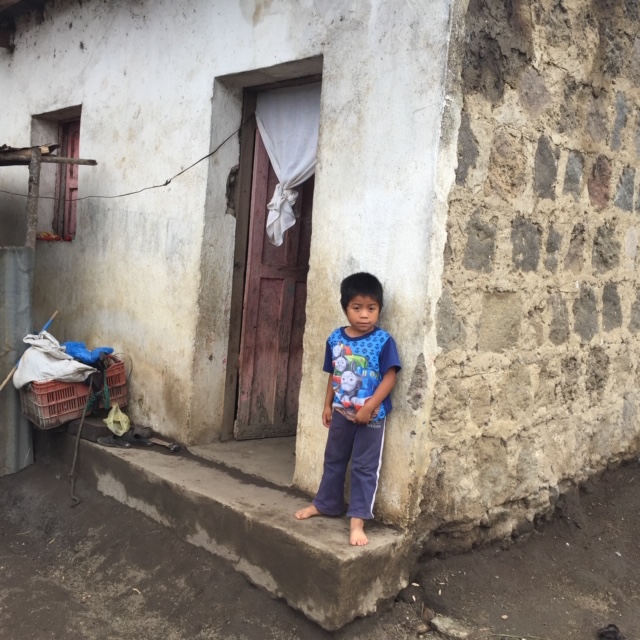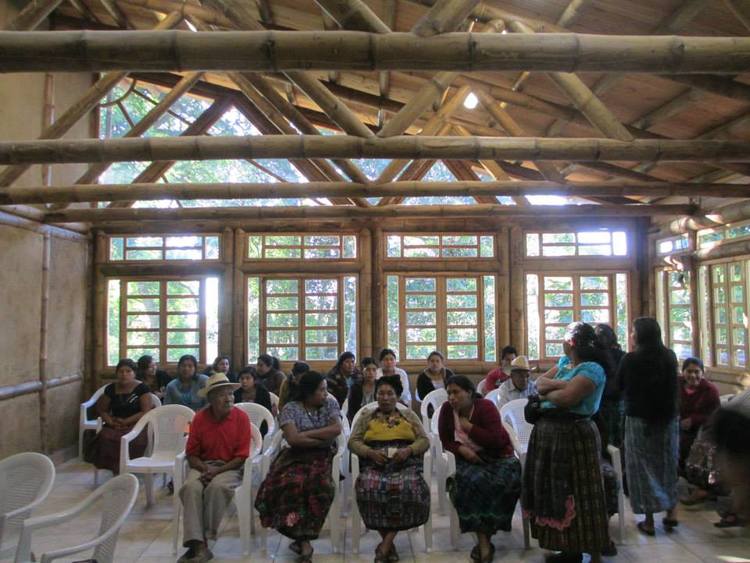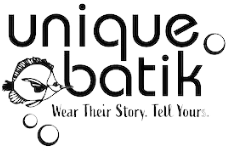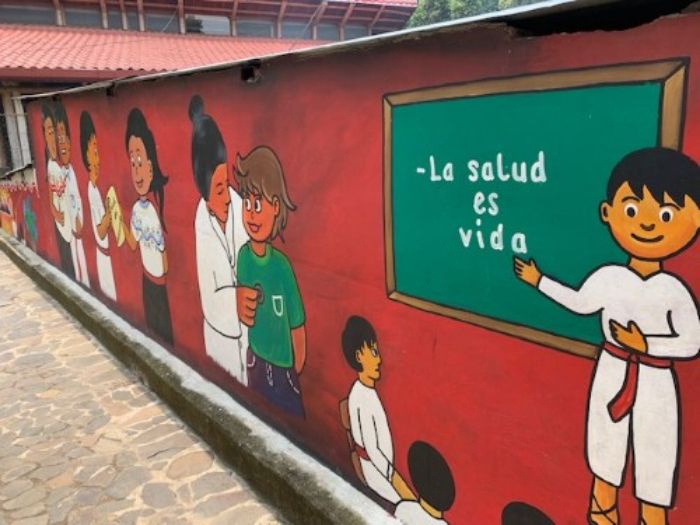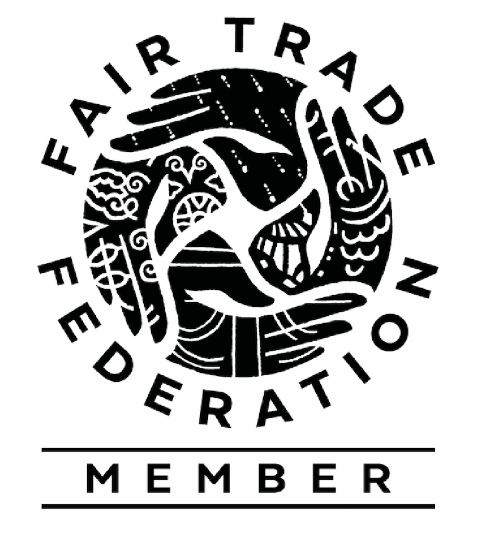One of the universal truths in this world is wherever you go in the world you will find people just want to provide a good life for their families. At Unique Batik, we strive to present opportunities for the families and communities we work with to do just that.
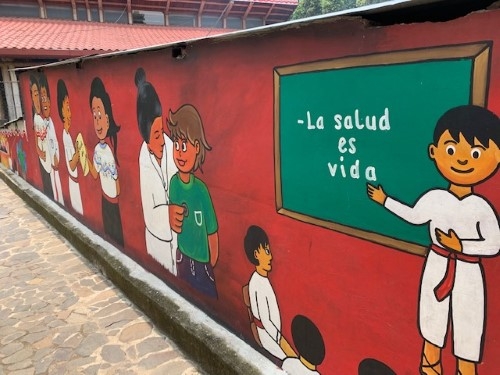
We also know our work is only one avenue of support, so we believe in advocating for organizations doing life changing and life saving work on the ground in these communities. One of our favorite such organizations in Guatemala is ODIM (Organization for the Development of the Indigenous Maya). ODIM was founded in 2005, initially beginning its work by supplying humanitarian relief for the people of Guatemala after being devastated by Hurricane Stan.
In 2008 construction began for ODIM’s San Juan Clinic (Clinica Sanjuanerita), and in 2014 the San Pablo Clinic (Clinica Chuitinamit) was opened. One of the greatest things about these clinics is that they are staffed by bilingual Spanish/Tz’utujil speaking nurses and a local physician, and of their 42 staff members 82% are Tz’utujil Mayan staff, 13% are Guatemalan (but not Tz’utujil), and only 5% are foreign staff. Another bonus: 83% of ODIM’s leaders and coordinators are women!
Since ODIMs conception its staff has worked hard to raise funds to implement and maintain an array of incredible programs:
Healthy Mommy & Me utilizes healthcare, informational sessions, cooking classes, food vouchers, psychological support groups, and medical appointments to combat chronic malnutrition.
Adolescent Health is designed to equip youth with knowledge about puberty, sexuality, contraception, and gender equality to empower them to make sensible decisions for themselves and become peer educators in their communities.
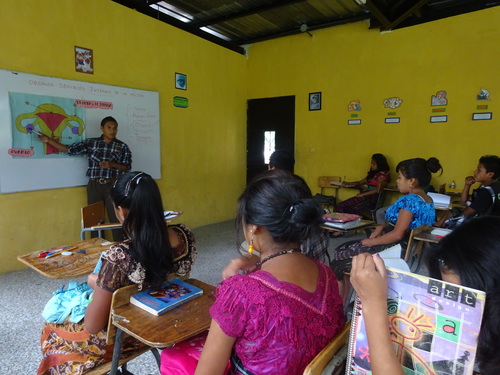
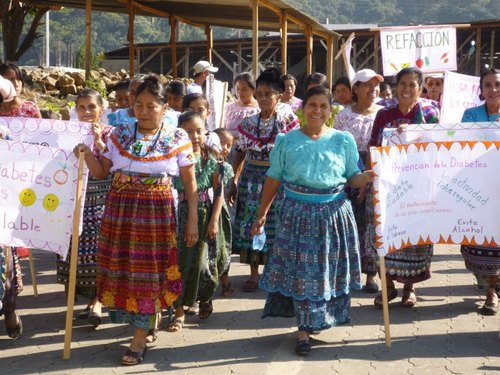
Let’s Walk Together provides education, exercise, cooking classes and support groups for those living with diabetes, which affects more than 25% of the indigenous population (to compare, the CDC’s 2020 report estimates 10.5% of the US population has diabetes).
High Impact Home Improvement (HIHI) provides families with water filters and safe, smokeless, and environmentally friendly stoves in their homes, as well as informative workshops about Water, Sanitation & Hygiene (WASH).
ODIM provides medical care at their two clinics, their dental clinic Healthy Smiles, and goes above and beyond to address the root of issues in these communities. The importance of this simply cannot be overstated. While helping people to heal once they come to a clinic is certainly important work, having programs which assess and address the factors that lead to common issues is crucial to ensure the highest number of safe and healthy individuals. The fact that ODIM does both is truly impressive and heartwarming.
These are just some examples of ODIM’s phenomenal programs. You can visit their website, www.odimguatemala.org, to learn more about all of the work they do, the communities they work in (San Juan and San Pablo La Laguna), and ways you can get involved. Thank you to all of the staff at ODIM for your tireless efforts to make your communities the best they can be.
